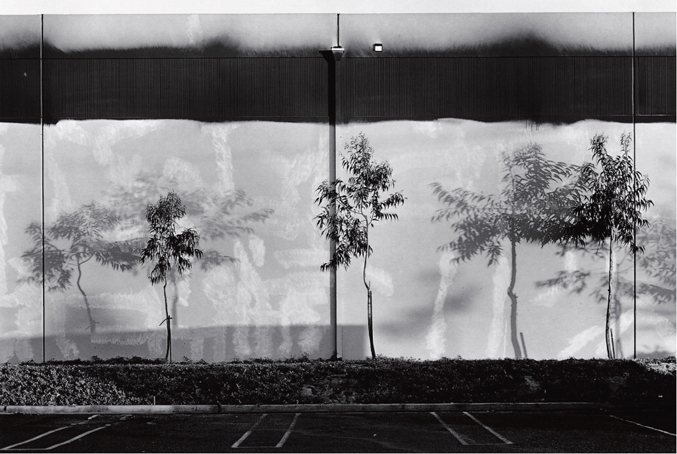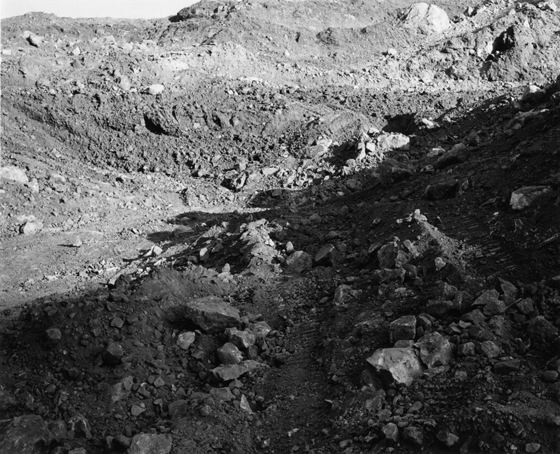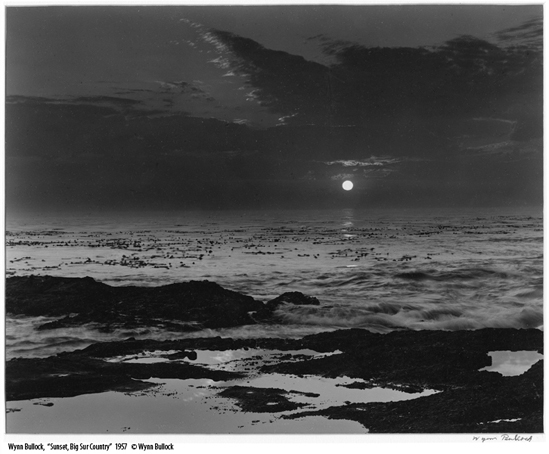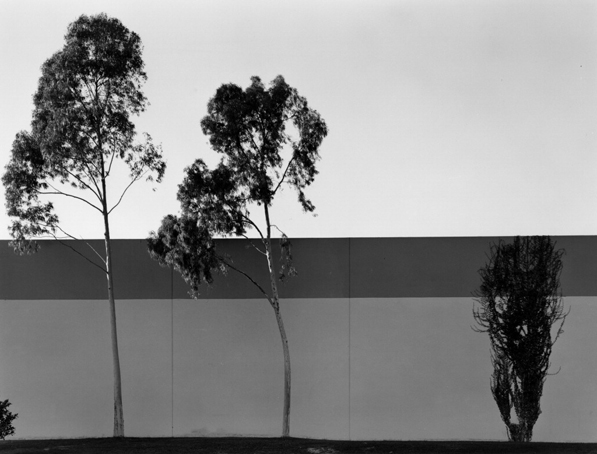

California Museum of Photography, University of California, Riverside
Seismic Shift: Lewis Baltz, Joe Deal and California Landscape Photography, 1944-1984
In the 1970s and early 1980s, Joe Deal and Lewis Baltz crossed paths at the University of California, Riverside (UCR), and the UCR/California Museum of Photography. This was the period when the exhibition New Topographics, which included both photographers, announced the arrival of a radical new aesthetic in landscape. Though that exhibition originated in Rochester, NY, and had an international impact, its origins lay in Southern California and its effect was to shift the epicenter of landscape photography in general from Northern California to the SoCal region. Seismic Shift will illuminate the far-reaching consequences of this revolution in landscape photography by tracing its local and regional history. Beginning with Ansel Adams and Edward Weston—and with the 1946 arrival in San Francisco of Minor White, who would extend the Weston-Adams tradition by transforming it—the exhibition will follow the history of landscape photography in the 1950s and 1960s through the careers of Wynn Bullock, Paul Caponigro and others. It will then explore how the 1970s work of Baltz, Deal and Robert Adams created a shock of recognition, an awakening to mutual ideas, so different from those of their predecessors that a younger generation of Western photographers shared. Portfolios of the period, including one done by a class Baltz taught at UCR, will demonstrate the immediacy that these ideas had.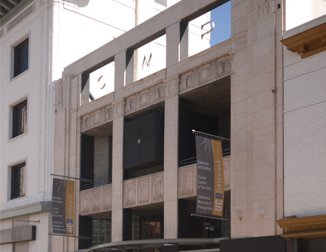
Riverside, CA 92501
